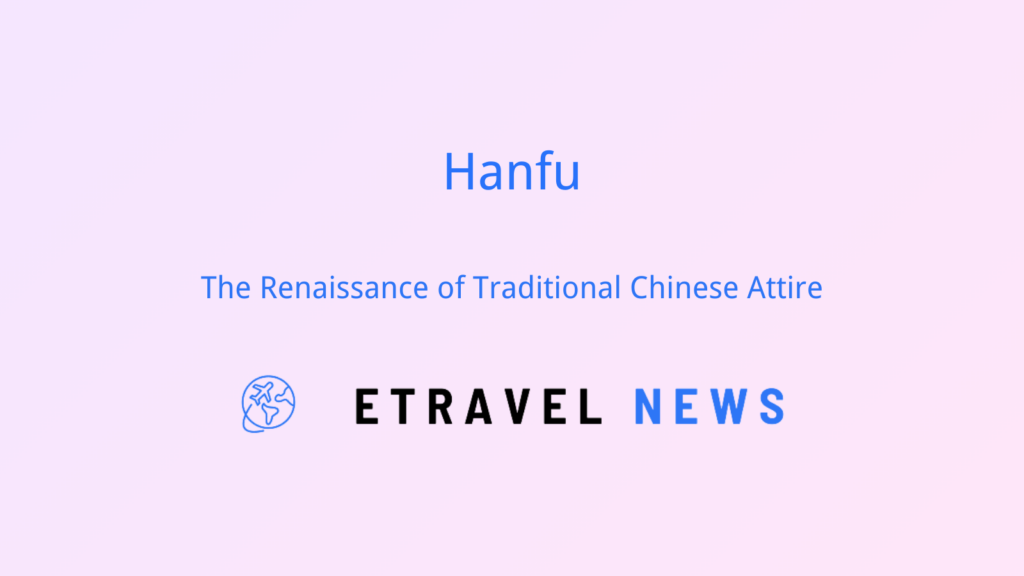Introduction to the Cheongsam
The cheongsam, known as qipao in Mandarin, is a form-fitting dress that has become an iconic symbol of Chinese fashion. This elegant garment encapsulates centuries of cultural evolution, blending traditional aesthetics with modern sensibilities.
In contemporary Chinese society, the cheongsam holds a unique position. It’s both a link to the past and a canvas for modern expression, worn at formal events and reimagined by fashion designers worldwide.
The cheongsam’s journey from everyday wear to haute couture reflects China’s own transformation on the global stage.
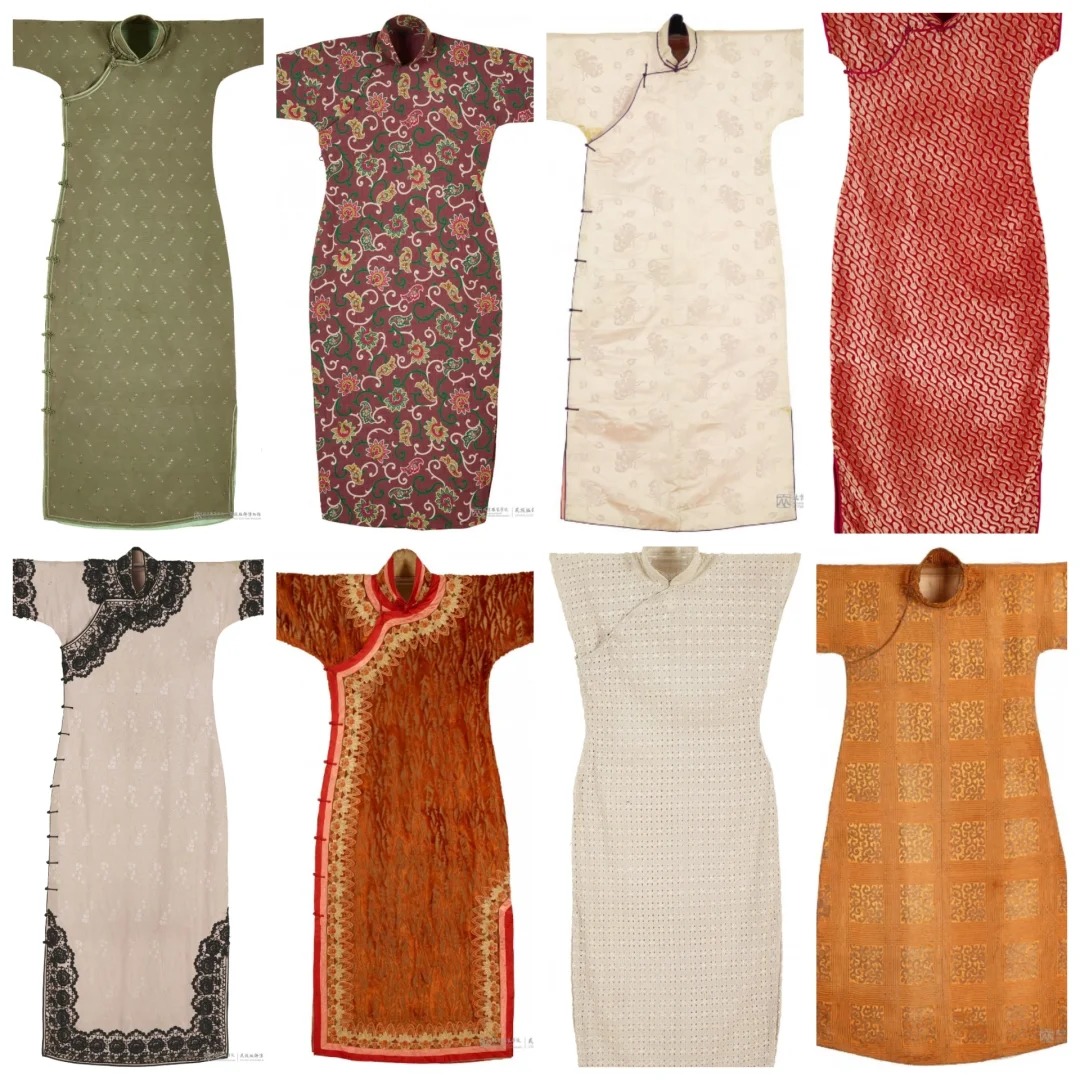
Historical Evolution of the Cheongsam
Qing Dynasty Origins
The cheongsam traces its roots to the Qing Dynasty (1644-1912). Originally a loose-fitting garment worn by Manchu women, it bore little resemblance to its modern form.
1920s-1930s Shanghai Transformation
In the cosmopolitan Shanghai of the 1920s, the cheongsam underwent a dramatic transformation. Influenced by Western fashion, it became more fitted, showcasing the female figure in a way that was revolutionary for Chinese clothing.
Mid-20th Century Changes
The cheongsam’s popularity waned during the Cultural Revolution but persisted in Hong Kong and among overseas Chinese communities.
Contemporary Revival
Since the 1980s, there’s been a resurgence of interest in the cheongsam. Today, it’s a staple at formal events and a source of inspiration for both Chinese and international designers.
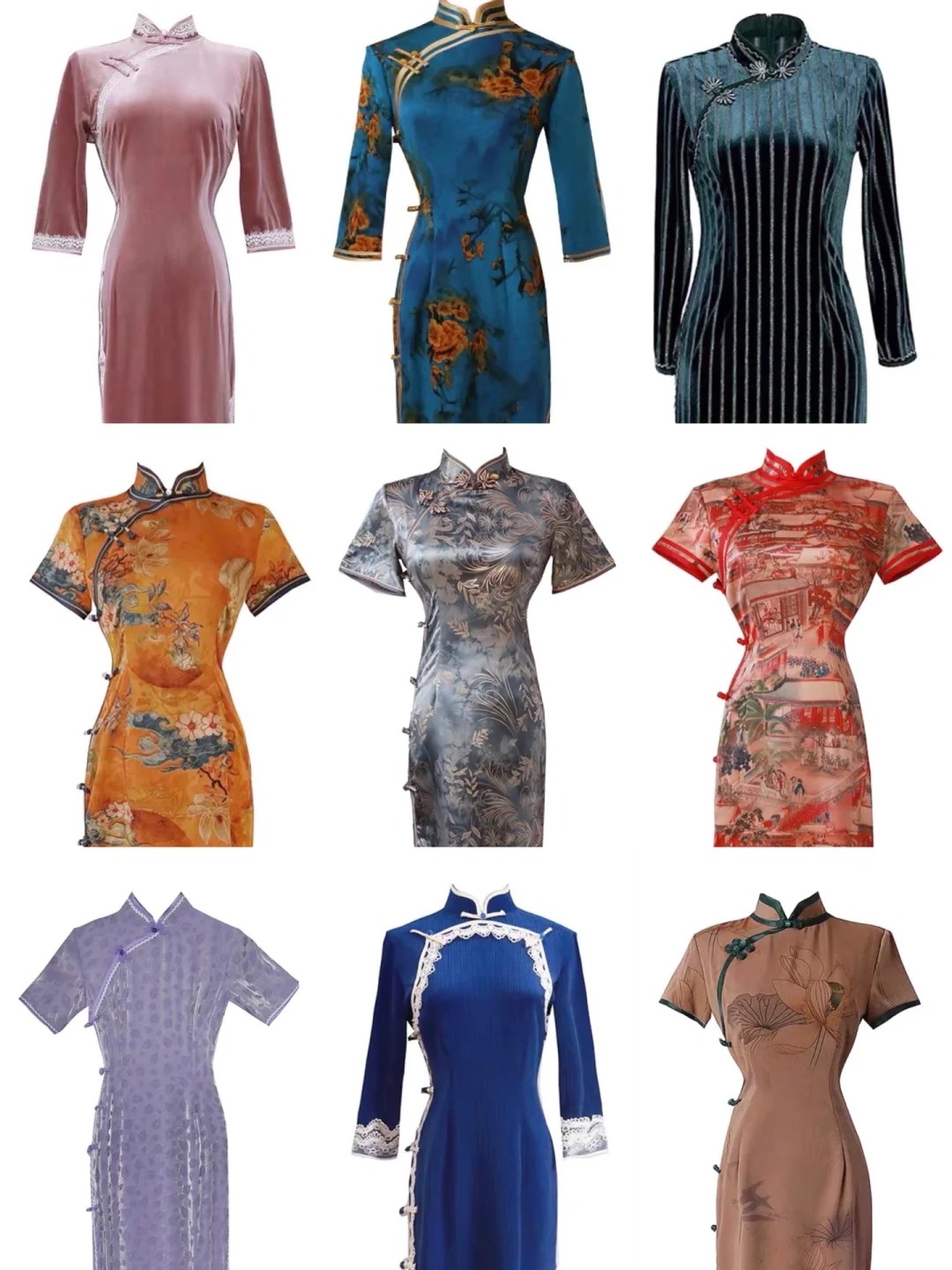
Design Elements and Styles
The classic cheongsam is characterized by:
- High mandarin collar
- Form-fitting silhouette
- Side slits for ease of movement
- Distinctive fastenings (frog buttons)
Traditional fabrics include silk, brocade, and cotton, often adorned with intricate patterns. Modern interpretations experiment with diverse materials and prints.
Regional variations exist, reflecting local tastes and climates:
| Region | Characteristic |
|---|---|
| Shanghai | Sleek, form-fitting designs |
| Beijing | More conservative, thicker fabrics |
| Guangdong | Lighter fabrics, brighter colors |
Motifs like peonies, dragons, and phoenixes are common, each carrying symbolic meaning in Chinese culture.
The Art of Cheongsam Making
Crafting a traditional cheongsam is a meticulous process requiring skilled artisanship. Master tailors use techniques passed down through generations to ensure a perfect fit and exquisite detailing.
The custom fitting process typically involves multiple sessions, allowing for precise adjustments. Hand embroidery, when employed, can take weeks to complete, adding another layer of artistry to the garment.
Notable cheongsam designers include Guo Pei, whose elaborate creations have graced international runways, and William Tang, known for his modern interpretations of classic styles.
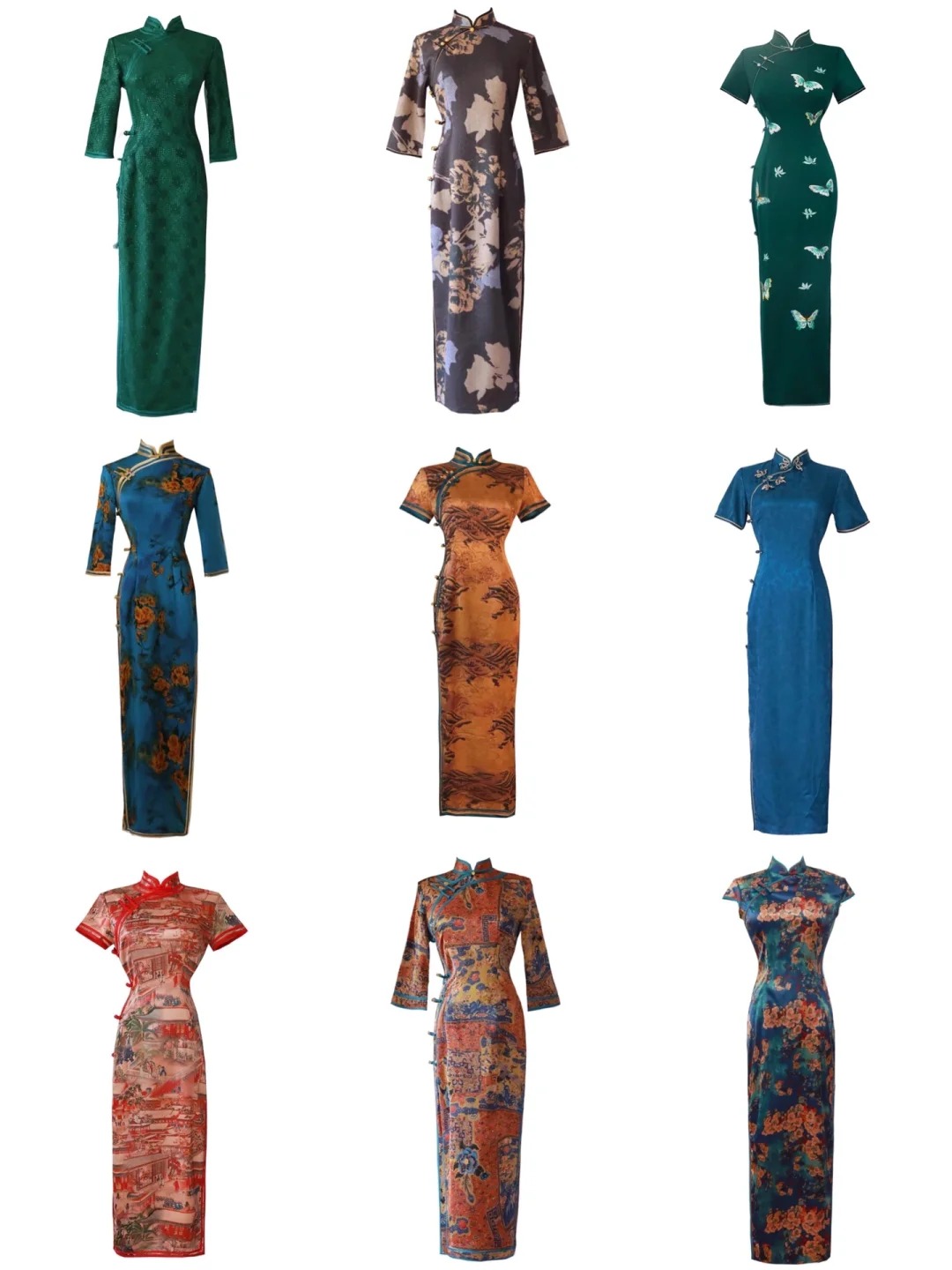
Wearing the Cheongsam
Traditionally reserved for special occasions, the cheongsam is now seen in various settings:
- Formal events (weddings, new year celebrations)
- Business functions
- Cultural performances
- Daily wear (in more casual styles)
Styling tips:
- Choose accessories that complement, not overshadow, the dress
- Consider the event’s formality when selecting length and fabric
- Opt for comfortable, elegant shoes that match the cheongsam’s style
Cultural considerations include being mindful of the occasion and respecting the garment’s heritage.
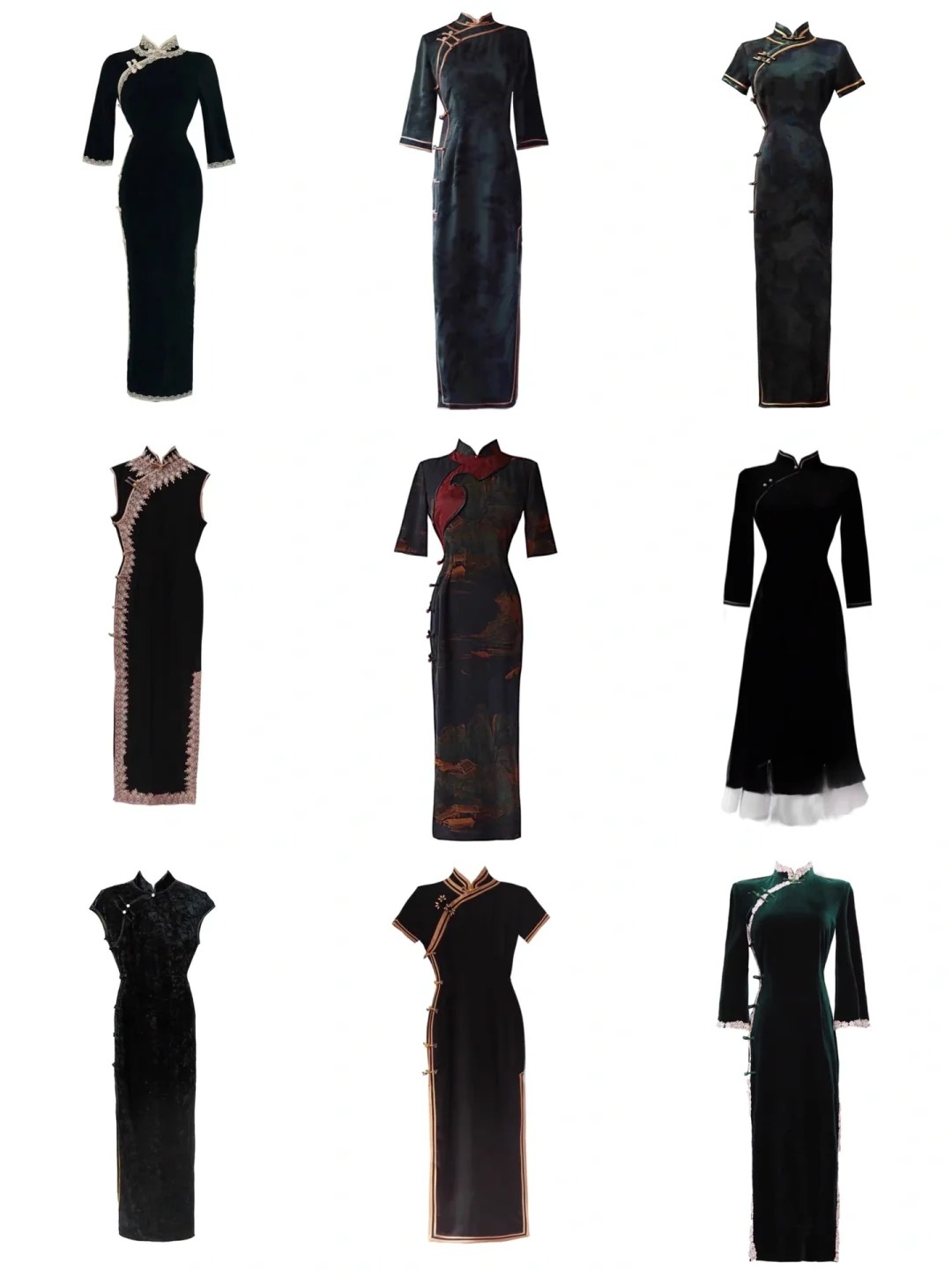
Cheongsam in Popular Culture
The cheongsam has been immortalized in films like “In the Mood for Love” and “The World of Suzie Wong,” becoming a visual shorthand for Chinese femininity and elegance.
On the international stage, it has inspired countless designers, from Yves Saint Laurent to John Galliano, who have incorporated its elements into their collections.
Celebrities like Fan Bingbing and Zhang Ziyi have popularized the cheongsam on red carpets worldwide, showcasing its timeless appeal and versatility.
Cheongsam Experiences for Travelers
For travelers seeking authentic cheongsam experiences:
- Shopping:
- Shanghai’s South Bund Fabric Market for custom tailoring
- Hong Kong’s Shanghai Tang for modern interpretations
- Beijing’s Rui Fu Xiang for traditional styles
- Museums and Exhibitions:
- Hong Kong Museum of History
- China National Silk Museum in Hangzhou
- Workshops:
- Suzhou Embroidery Research Institute offers courses on traditional embroidery techniques
Tips for caring for your cheongsam while traveling:
- Pack in a garment bag to prevent creasing
- Spot clean when possible, seek professional cleaning for stubborn stains
- Store in a cool, dry place to prevent fabric damage
The cheongsam stands as a testament to China’s rich cultural heritage and its ability to evolve with the times. Whether worn as a statement of cultural pride or appreciated as a work of art, the cheongsam continues to captivate fashion enthusiasts around the world with its timeless elegance and intricate craftsmanship.



